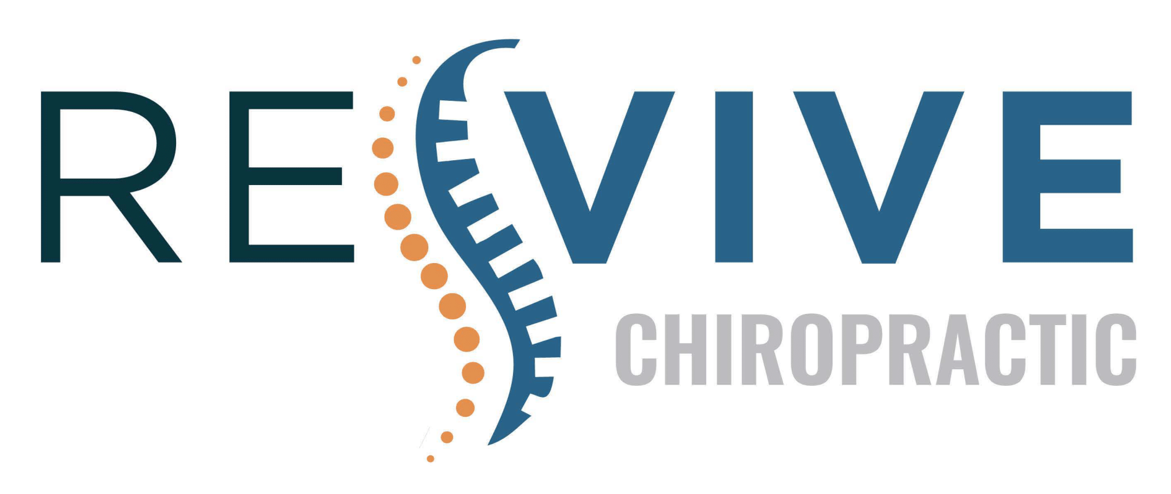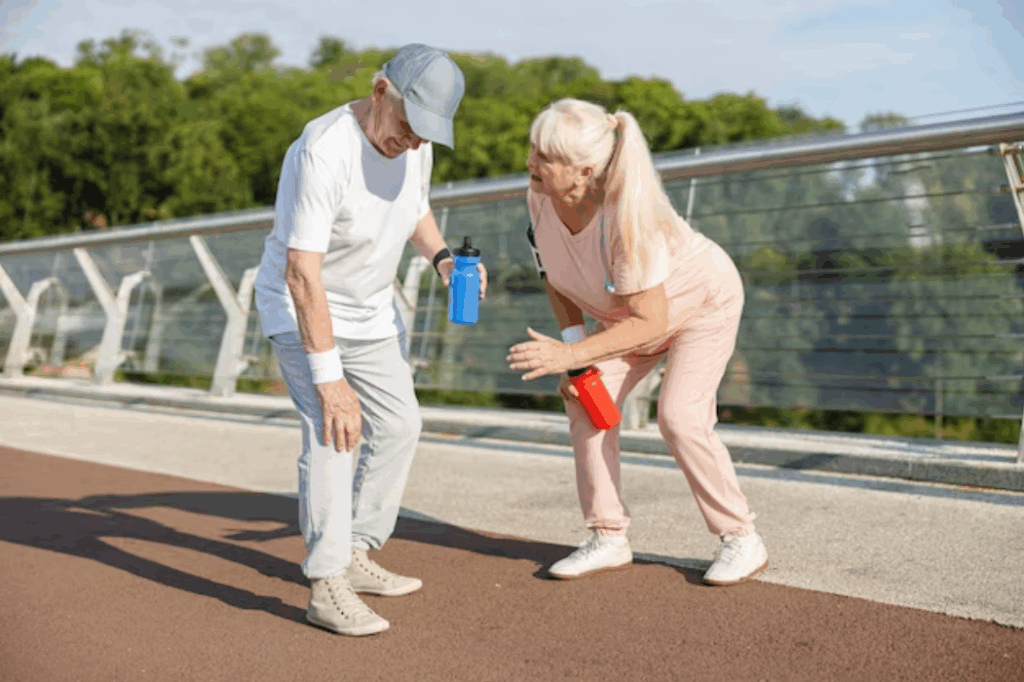You might not realize how much your mobility affects your daily life until it's limited. Expert adjustments can play an essential role in enhancing your flexibility and reducing discomfort, allowing you to move with greater ease. By understanding the techniques used by skilled practitioners, you'll uncover methods that not only alleviate pain but also support long-term health. As you explore these options, you'll find that the journey to improved mobility is more than just physical; it's about reclaiming a sense of freedom you may have taken for granted. What might this new chapter in your life look like?
Importance of Enhanced Mobility
Enhanced mobility is essential for maintaining independence and improving quality of life. When you can move freely and confidently, daily tasks become easier, whether it's going for a walk, running errands, or engaging in social activities. Enhanced mobility not only allows you to complete these tasks but also boosts your mental and emotional well-being. You'll feel more connected to the world around you, fostering relationships and creating opportunities for new experiences.
Think about how enhanced mobility can impact your physical health. Regular movement is key to maintaining strength, flexibility, and balance. By staying active, you reduce the risk of injury and chronic illnesses, such as heart disease or diabetes. You'll also find that staying mobile helps manage weight and improves your overall energy levels.
Don't underestimate the role of mobility in mental health. When you're able to move about freely, you're more likely to engage in activities that bring joy and fulfillment. This can lead to a more positive outlook on life and enhanced self-esteem. You'll feel empowered to pursue hobbies, explore new interests, and socialize with others, contributing to a rich, fulfilling life.
Finally, consider the importance of mobility for safety. When you can move confidently, you're less likely to experience falls or other accidents. Enhanced mobility translates into greater security in your environment, allowing you to navigate your surroundings without fear.
Embracing mobility doesn't just improve your life; it transforms it.
Understanding Expert Adjustments
When you think about expert adjustments, consider how they can greatly enhance your mobility.
These adjustments not only improve your range of motion but also help prevent injuries.
Benefits of Expert Adjustments
Expert adjustments offer a range of benefits that can markedly improve your mobility and overall well-being. When you receive expert adjustments, you're not just addressing discomfort; you're actively enhancing your body's function. These adjustments help alleviate pain, reduce tension in muscles, and improve your range of motion, allowing you to engage in daily activities more freely.
You might find that with regular adjustments, your posture improves, reducing strain on your body and preventing future injuries. This proactive approach can lead to increased energy levels, as your body operates more efficiently.
Additionally, expert adjustments can enhance circulation, which promotes better oxygen flow and nutrient delivery to your muscles.
Furthermore, you'll likely notice a boost in your mental clarity and emotional well-being. The relief from physical discomfort often translates into a more positive outlook on life.
By committing to expert adjustments, you're investing in your long-term health and mobility. You'll feel more agile, and less restricted, and be able to enjoy activities you love without hesitation.
Ultimately, the benefits of expert adjustments extend beyond mere mobility; they encompass a holistic improvement in your quality of life.
Techniques for Improved Mobility
Releasing improved mobility starts with understanding the various techniques used in expert adjustments. One key method is joint manipulation, which realigns bones and reduces restrictions in movement. When performed by a trained professional, this technique can relieve pain and restore your range of motion.
Another effective approach is soft tissue mobilization. This technique targets muscles, fascia, and tendons, helping to release tension and improve blood flow. By incorporating this into your routine, you can enhance flexibility and reduce soreness.
Additionally, proprioceptive neuromuscular facilitation (PNF) stretching is another technique worth exploring. PNF involves both stretching and contracting the muscle group, which can greatly improve your overall flexibility and strength. It's particularly beneficial for athletes looking to enhance their performance.
Lastly, consider functional movement training, which focuses on improving your mobility through specific exercises that mimic everyday activities. This approach not only enhances your mobility but also builds strength and stability.
Benefits of Improved Flexibility
Improved flexibility can greatly enhance your joint range, allowing for smoother and more efficient movement.
By increasing your flexibility, you also reduce your risk of injury, which is essential whether you're working out or going about your daily activities.
Plus, better flexibility can lead to improved athletic performance, giving you that edge in your game.
Enhanced Joint Range
Flexibility plays an essential role in enhancing your joint range, allowing for smoother and more efficient movements. When your joints have greater flexibility, you can perform daily activities with ease, from bending down to tie your shoes to reaching for something on a high shelf.
Improved joint range not only boosts your physical performance but also contributes to better overall quality of life.
Here are some benefits of enhanced joint range:
- Increased mobility: You'll notice greater ease in movement, making it simpler to engage in various physical activities.
- Better posture: Flexibility helps align your body properly, reducing strain on muscles and joints.
- Enhanced athletic performance: With improved joint range, you can execute movements more effectively in sports and fitness routines.
- Quicker recovery: Greater flexibility can aid in faster recovery after intense workouts or physical exertion.
- Improved functional movement: Everyday tasks become less challenging, reducing the risk of fatigue during activities.
Reduced Injury Risk
A well-maintained level of flexibility greatly lowers your risk of injuries, both during workouts and in everyday activities.
When your muscles and joints are flexible, they can move more freely and efficiently, reducing the strain on your body. This means you're less likely to experience sprains, strains, or muscle tears while engaging in physical activities or even simple tasks like bending to pick something up.
Increased flexibility helps your body absorb shock better. For instance, when you run or jump, flexible muscles can decompress and stretch without overstressing nearby tissues. This not only protects your joints but also promotes better alignment, further decreasing injury likelihood.
Moreover, improved flexibility can enhance your posture, which plays a vital role in injury prevention. When you maintain proper alignment, your body distributes weight evenly, minimizing the risk of overuse injuries.
Incorporating flexibility exercises into your routine, such as stretching or yoga, can greatly enhance your overall mobility.
Improved Athletic Performance
When your muscles are flexible, you can release your full athletic potential, enhancing performance across various sports and activities. Improved flexibility allows you to execute movements with greater ease and efficiency. This not only elevates your game but also boosts your confidence, knowing you can perform at your best.
Here are some key benefits of improved flexibility for athletic performance:
- Increased Range of Motion: Greater flexibility allows for a full range of motion in your joints, enhancing your ability to perform complex movements.
- Faster Recovery: Flexible muscles recover more quickly after exertion, enabling you to train harder and more frequently.
- Enhanced Coordination: Improved flexibility contributes to better body awareness, helping you coordinate movements more effectively.
- Greater Strength: Flexible muscles can generate more power, allowing you to lift heavier weights or sprint faster.
- Reduced Fatigue: With better flexibility, your muscles work more efficiently, minimizing fatigue during prolonged activities.
Techniques Used by Practitioners
Practitioners employ various techniques to enhance mobility, ensuring individuals can move with greater ease and efficiency. One common method is manual therapy, which involves hands-on manipulation of soft tissues and joints. By applying targeted pressure, practitioners can release tension, improve circulation, and restore proper alignment, allowing you to achieve a fuller range of motion.
Another technique is stretching, which can help elongate tight muscles and improve flexibility. Practitioners often guide you through dynamic or static stretching routines tailored to your specific needs. This not only reduces the risk of injury but also enhances your overall performance in daily activities.
Additionally, practitioners may incorporate strength training into your mobility regimen. By focusing on core stability and muscle balance, they can help you build the strength necessary to support your joints and maintain proper posture. This approach not only improves your mobility but also bolsters your overall physical health.
Some practitioners also utilize modalities such as ultrasound, electrical stimulation, or heat therapy to complement their techniques. These tools can enhance the effectiveness of manual therapy and stretching by promoting tissue healing and reducing pain.
Lastly, education plays a significant role. Practitioners often teach you about body mechanics and posture, empowering you to make informed choices in your movements. By understanding how to move efficiently, you can maintain the progress made during your sessions and continue to enhance your mobility long after your appointments.
Expert Adjustments for Athletes
Expert adjustments for athletes can greatly enhance performance and prevent injuries. Whether you're a seasoned professional or a weekend warrior, incorporating expert adjustments into your training regimen can make a considerable difference.
These adjustments help optimize your biomechanics, improve flexibility, and guarantee your body functions at its best.
Here are some key benefits of expert adjustments for athletes:
- Improved Range of Motion: Regular adjustments help maintain and enhance flexibility, allowing for deeper, more effective movements.
- Reduced Muscle Tension: Targeted adjustments can relieve tightness in muscles, promoting better overall relaxation and recovery.
- Injury Prevention: By addressing misalignments and imbalances, adjustments can markedly lower the risk of injuries during training or competition.
- Enhanced Performance: With an optimized body, you'll notice improved strength, speed, and agility, leading to better results in your sport.
- Faster Recovery: Adjustments promote blood flow and aid in the healing process, enabling quicker recovery after intense workouts or competitions.
Incorporating expert adjustments into your routine isn't just about fixing problems; it's about maximizing your potential.
When you prioritize your body's alignment and function, you set yourself up for success.
So whether you're aiming for a personal best, preparing for a big game, or simply looking to stay active, make expert adjustments a crucial part of your athletic journey.
Embrace the benefits, and watch your performance soar!
Adjustments for Everyday Discomfort
Feeling out of sorts? Everyday discomfort can sneak up on you, affecting your productivity and overall well-being.
Whether it's a nagging backache from sitting at your desk too long or tension in your shoulders from stress, adjustments can be a game changer. You mightn't realize how much your posture affects your body until you start feeling those aches and pains.
Expert adjustments focus on realigning your body, correcting imbalances that cause discomfort. When you visit a professional, they'll evaluate your posture and movement patterns to identify the root causes of your issues.
You'll likely find that simple adjustments can relieve tension and restore your range of motion. Imagine waking up without that stiff neck or being able to bend down without feeling that sharp twinge in your back.
Adjustments can help release muscle tightness and improve joint function, allowing you to move more freely. You'll feel lighter, more energetic, and ready to tackle your day.
Incorporating adjustments into your routine can also enhance your body awareness. You'll become more conscious of how you move, which can lead to better habits in your daily activities.
This newfound awareness helps you avoid future discomfort, making it easier to maintain an active lifestyle.
The Role of Regular Maintenance
Regular maintenance plays an essential role in sustaining the benefits of adjustments and keeping your body in prime condition.
Think of it as regular tune-ups for your body, ensuring everything runs smoothly. Without consistent maintenance, the improvements you gain from adjustments can diminish over time.
To truly enhance your mobility, you should consider these regular maintenance practices:
- Schedule routine check-ups: Regular visits help identify any issues before they become significant problems.
- Stay active: Incorporating physical activity into your daily routine keeps your muscles strong and supports joint health.
- Maintain proper posture: Being mindful of your posture while sitting, standing, or walking can prevent unnecessary strain and discomfort.
- Focus on flexibility: Engaging in stretching or yoga can enhance your range of motion and reduce stiffness.
- Practice self-care: Techniques like foam rolling or massage can help alleviate tension and promote relaxation.
Finding the Right Practitioner
Finding the right practitioner is essential for maximizing the benefits of adjustments and ensuring your mobility journey is effective. You want someone who understands your unique needs and can tailor their approach accordingly. Start by seeking recommendations from friends, family, or healthcare professionals. Personal referrals often lead to trustworthy practitioners who've a solid track record.
Once you have a few names, research their credentials. Look for practitioners who are licensed and have specific training in the type of adjustments you're interested in, whether it's chiropractic, osteopathic, or physical therapy. Check online reviews and testimonials to gauge the experiences of other clients.
When you've narrowed it down, schedule a consultation. This initial meeting is your opportunity to assess their communication style and how comfortable you feel discussing your concerns. A good practitioner will listen attentively and ask relevant questions about your mobility goals and health history.
Don't hesitate to ask about their treatment philosophy. Understanding their approach can help you decide if they align with your expectations. Additionally, consider their availability and location. Convenience plays a significant role in maintaining consistent appointments, which is key for effective treatment.
Finally, trust your instincts. If something feels off or if you don't feel a connection, it's okay to keep looking. Finding the right practitioner is a personal journey, and investing the time to choose wisely will pay off in improved mobility and overall well-being.
Conclusion
Incorporating expert adjustments into your routine can greatly boost your mobility and overall well-being. By understanding the importance of these techniques and seeking the right practitioner, you can enjoy improved flexibility and reduced discomfort in daily life. Whether you're an athlete or just looking to relieve everyday aches, prioritizing your mobility will help you stay active and engaged. Don't wait—take the first step towards a more mobile and fulfilling lifestyle today!



